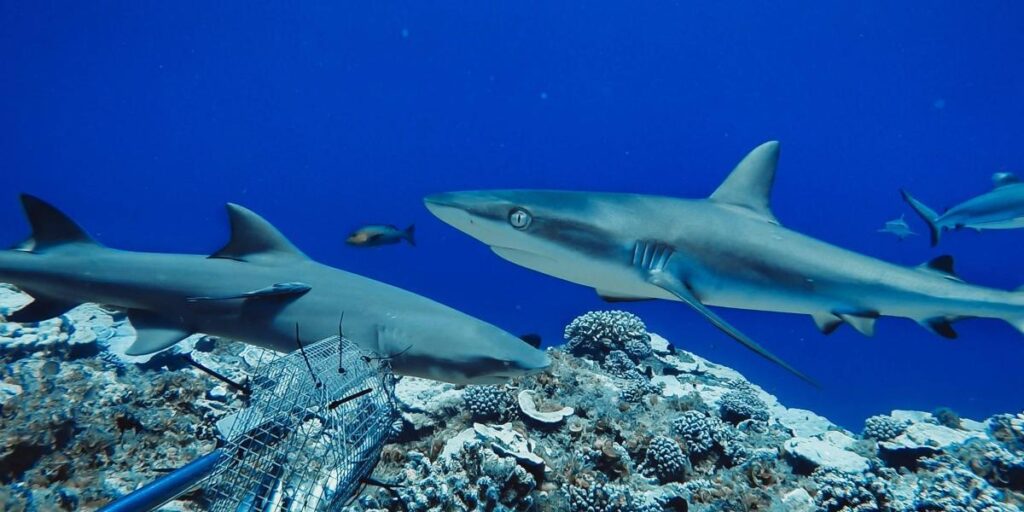RESUME
Sharks and rays present great biological fragility and due to the intense regimes of artisanal fishing which are exposed in the Colombian Atlantic coast, it is necessary to establish a management and conservation strategy that contemplates the protection of their nursery areas. A review of existing literature was carried out in relation to the reproductive biology of sharks and rays; likewise, for threats to locate priority management areas on the Colombian Atlantic coast through complementarity analysis and various selection criteria. Three quadrats were found in four management priority levels: level 1 included the area adjacent to the Gulf of Morrosquillo; level 2 the areas of Bahía de Santa Marta; level 3, the coastal areas of the department of La Guajira. In turn, 3 anthropogenic threats were tracked: Illegal, unreported and unregulated (IUU) fishing; habitat destruction and climate change. The analysis of space-time variables in a geographic information system indicated that 71% of commercially important shark and ray species are concentrated in the coastal zone, mainly in bays, coastal lagoons, estuaries, and marshes (central and southern regions), during the dry season (May to August). The protection of these critical recruitment areas (critical habitats) in the seasons of maximum reproduction and breeding must be a fundamental part of the resource management plan.
Keywords: conservation, sharks, rays, estuaries, Colombian Atlantic coast, Kankuamo indigenous people.




